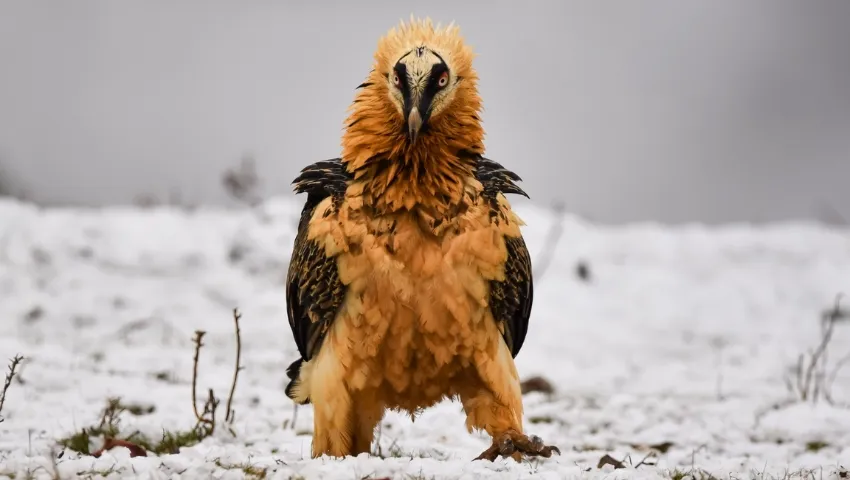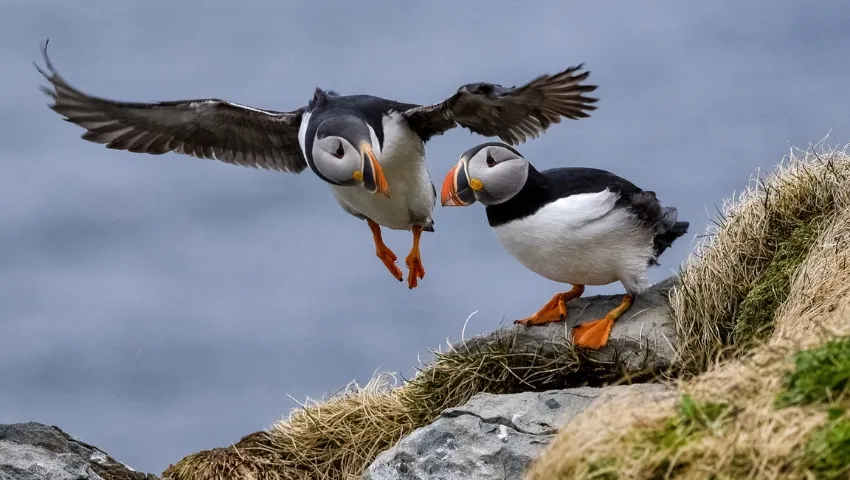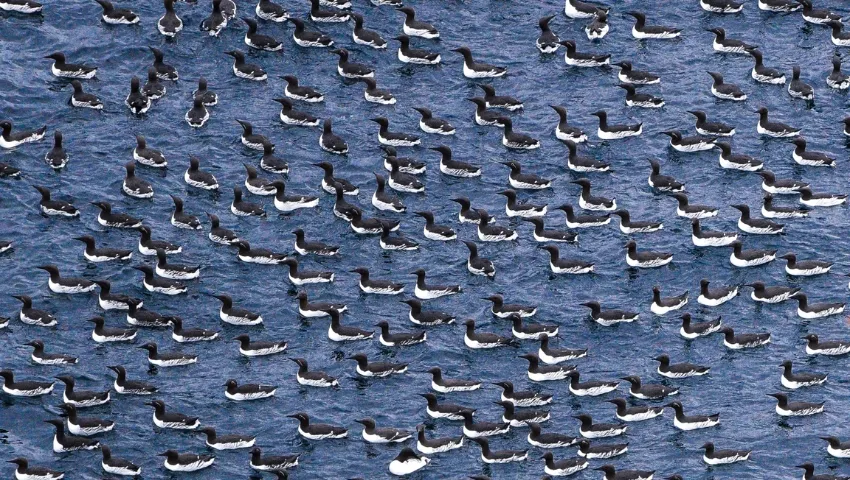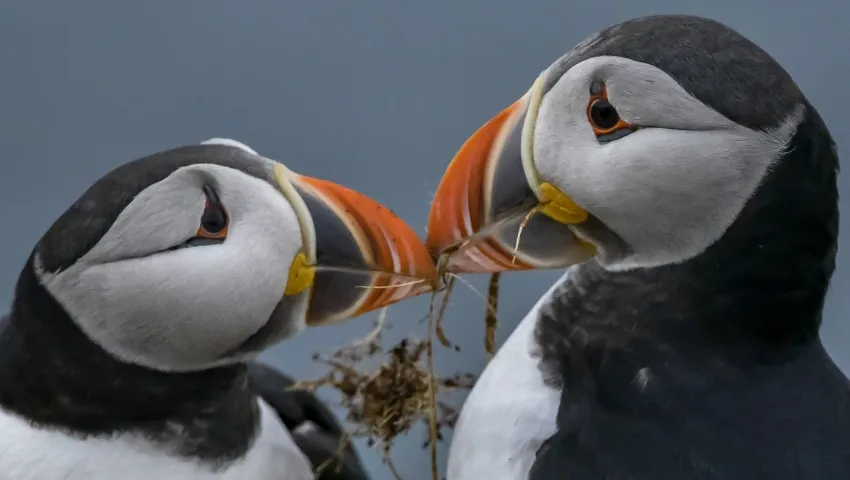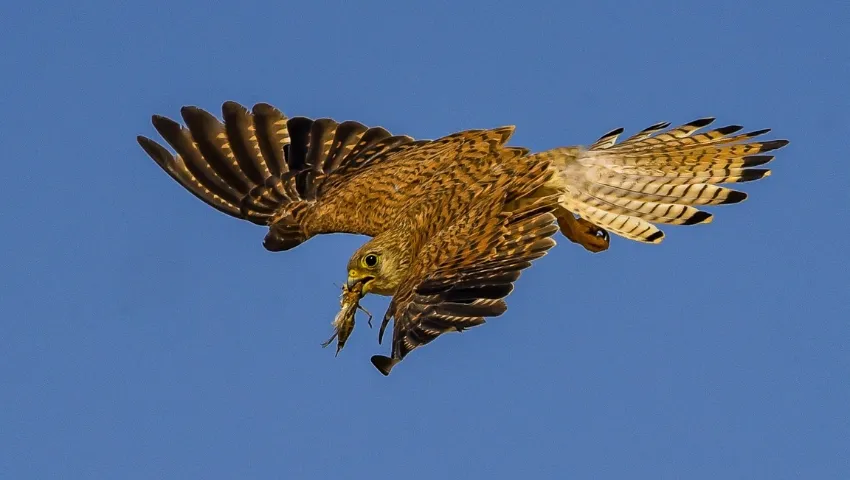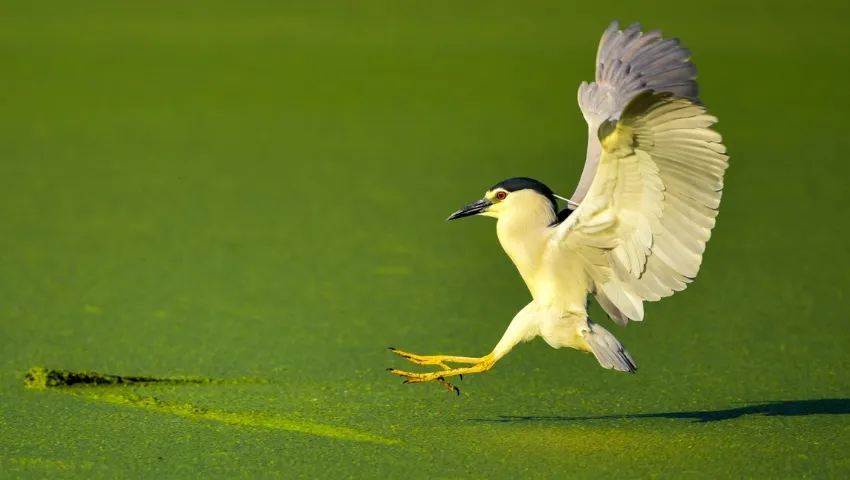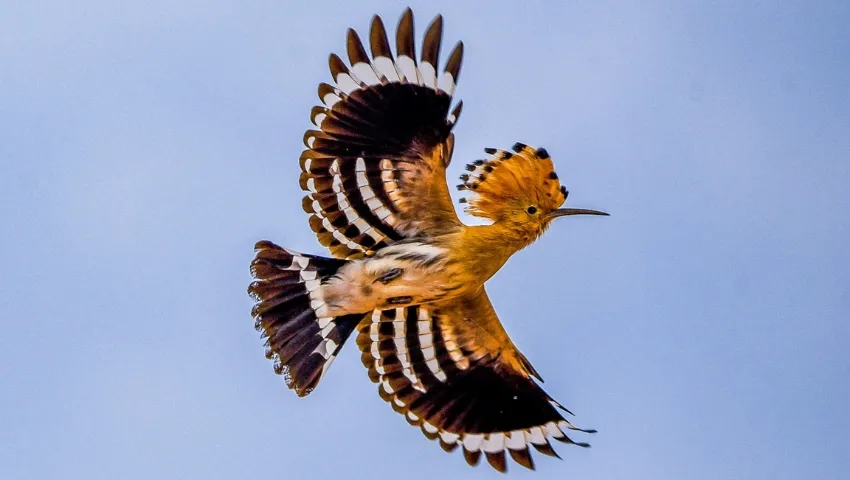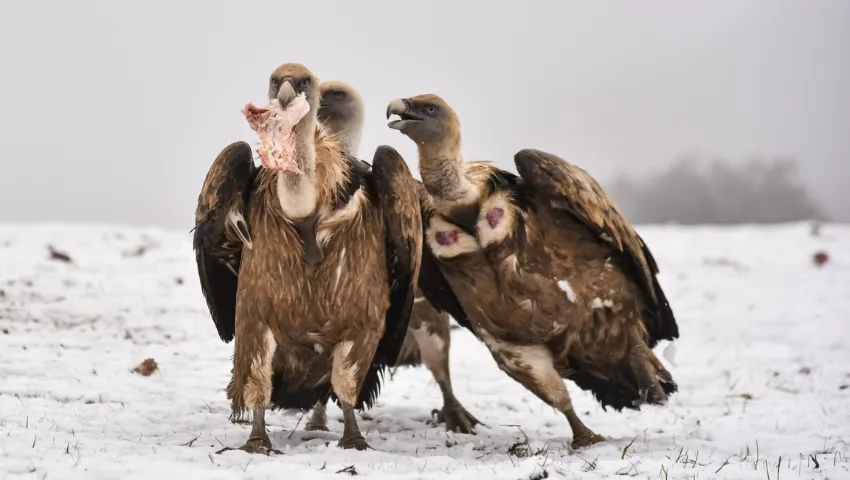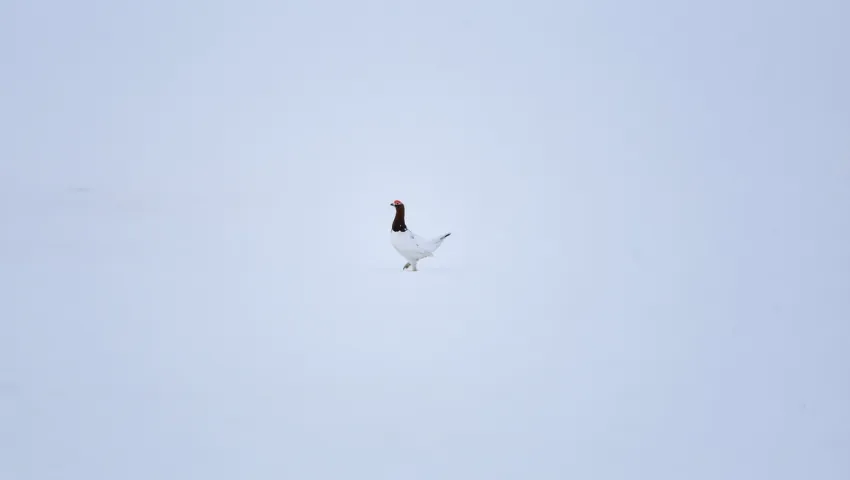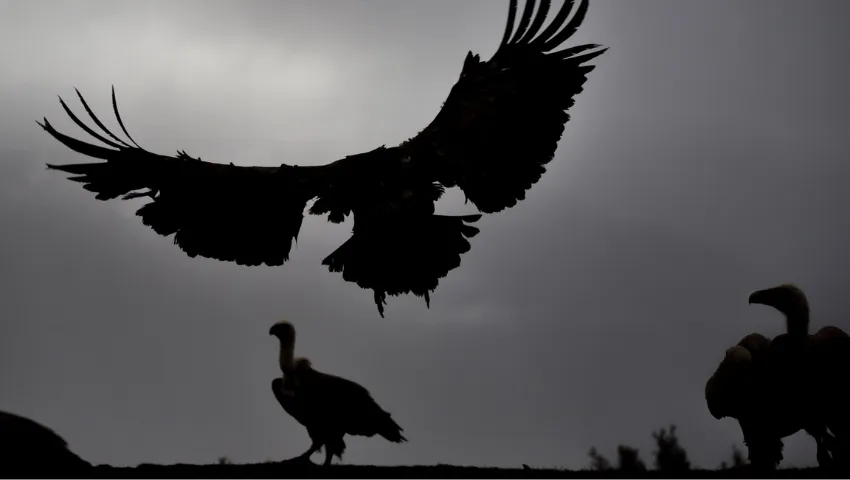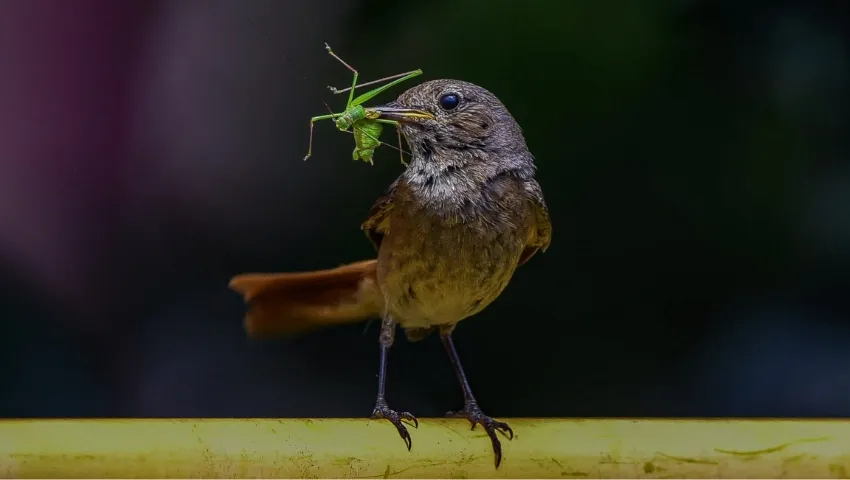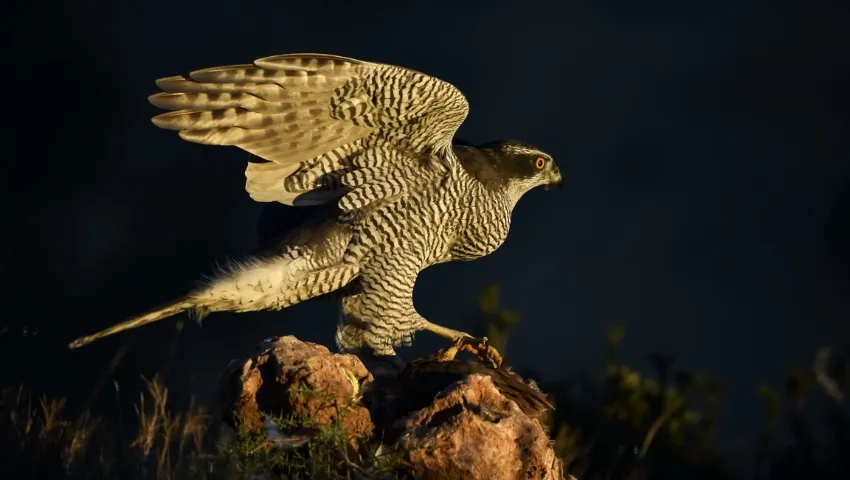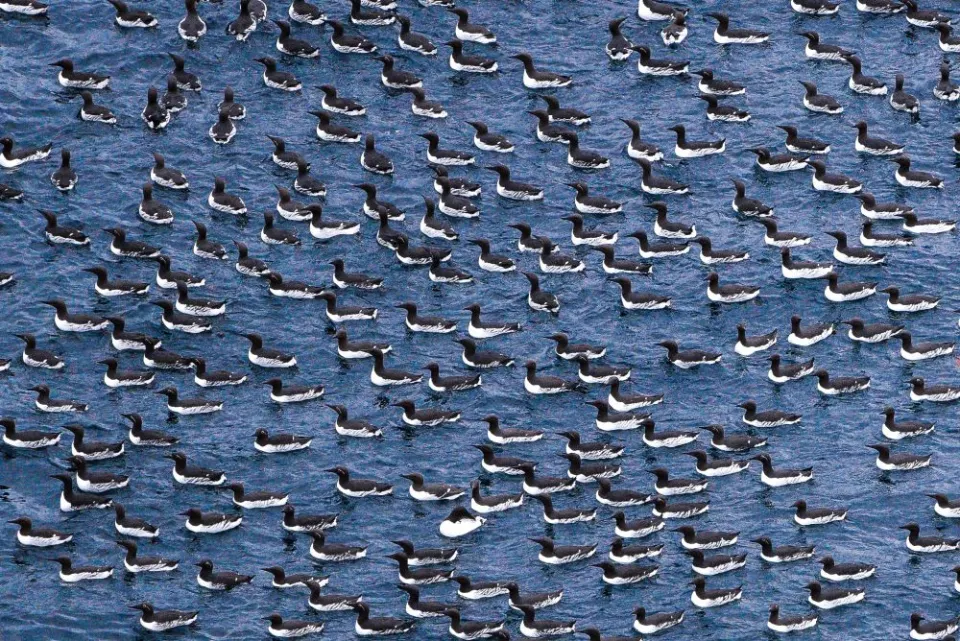
In Praise of Volatility
Paolo Guenzi, Professor of Marketing at Bocconi University, photographs birds. Not to collect them in an album of beautiful images, but to learn from them. "They have a lot to teach us," he says. As old as life on Earth, birds are a symbol of resistance and lightness: creatures that cross time, surviving catastrophes and changes, capable of transforming apparent fragility into strength.
Guenzi's passion began during one of the darkest moments in recent collective history, during the Covid-19 pandemic. "I was alone at home, I would spend hours on the balcony listening to that unreal silence. One day I saw a flock of ducks flying overhead, then a heron, and I thought: even in such a bad moment there is something beautiful." Thus began a journey — photographic but also existential — that led him to the Parco Agricolo Sud and the heronries of the Lodi area, just a few kilometers from Milan. That is where he discovered an unexpected, vibrant nature populated by herons, ibises and storks.
Photography as an exercise in patience
Each photograph is the result of long hours of waiting — Paolo Guenzi favors the single-shot technique, the most demanding yet also the most gratifying. This is how he has created striking photo series, showcased every year at the Lodi Ethical Photography Festival, to the photographer’s great satisfaction and the enthusiastic response of the public.
"I wanted to portray these inhabitants of the area that not many people are aware of," he says. "We’re used to seeing them, but we rarely stop to really look. And yet they’re there, they’re important. Taking pictures of them relaxes me, it helps me slow down. Photographing them is an exercise of patience, even though I’m usually a pretty impatient person, like so many of us."
From "Lodigiani del cielo" to the Pyrenees
After Lodigiani del cielo, the name of his first project, Guenzi created Rapacità produttiva. The latter was the outcome of a photographic journey through the Pyrenees to capture birds such as the griffon vulture and the bearded vulture. These once abundant species were then wiped out by indiscriminate hunting, and later reintroduced to correct that mistake and restore their ecological role.
"They’re extraordinary birds — by feeding on carcasses, they prevent bacterial proliferation and therefore play an important role. Jokingly, though not entirely, I like to say they’re a perfect example of the circular economy."
Beauty around the corner
The professor’s passion for photography is always growing. It can find an outlet in faraway places, but unexpected surprises are also just around the corner from home. "Any of us — any Bocconi student for instance — can find places just a few minutes from campus where they can photograph birds feeding, teaching their young the secrets of flight, or chicks hatching from their eggs. They’re truly wonderful experiences."
Photographing animals, Guenzi adds, also allows you to connect with nature, to establish almost mystical contacts, also because they are often unexpected. "I remember a trip to Norway to photograph a bird of prey that lives only in that area, the northern hawk owl. I got so close that I was waiting for it to turn around and fly away, as it does in 99% of cases. Instead, it turned towards me and came closer. In cases like this you feel a great sense of wellbeing, of harmony, because something happens that you can't even explain. I got some amazing photos."
New projects, new stories
One of Guenzi’s next projects will be in Costa Rica. “It will allow me to capture animals in an environmental context completely different from those I’ve explored so far,” he explains. “But I also have other ideas, because photography lends itself beautifully to storytelling, including stories about people. Stories of crafts, for instance, which are also stories of artisans. They do unique, manual work, with a strong personal and creative element. I like to think of them as artists — though, unlike artists, they receive far less visibility and recognition.”
Photography as a metaphor for work
Guenzi's passion sometimes makes its way to the classroom, as it is well suited to metaphorically illustrating some of the concepts he aims to convey as an instructor. "I'm reluctant to bring personal experiences to the classroom," he says, "but sometimes I do if I think it's an added value. A great photograph, for example, does not happen by chance, it’s the result of careful planning. If I want to get a specific shot, I go to the same place five times to figure out what time would be best, from what angle and more. I have to anticipate a series of things and, if I do it the right way, I get a good picture. Or I may get the same result by asking someone else to tell me about their experience and then I put it into practice. This can be part of planning, too."
Lightness and resilience
Photography has tremendous evocative power, though it has been somewhat diluted by the use of smartphones, which makes it all look effortless. There’s one concept, however, that is especially close to Guenzi’s heart, and that perfectly encapsulates the essence of his work: volatility.
"It’s a term that we normally associate with the economy, with markets. For me it’s much more. Volatility means lightness, like that of birds flying. At a time when the issue of work-life balance is becoming increasingly key, I think we all need more lightness: students, leaders, people in general. We need to be light-hearted and resilient, just like birds."
